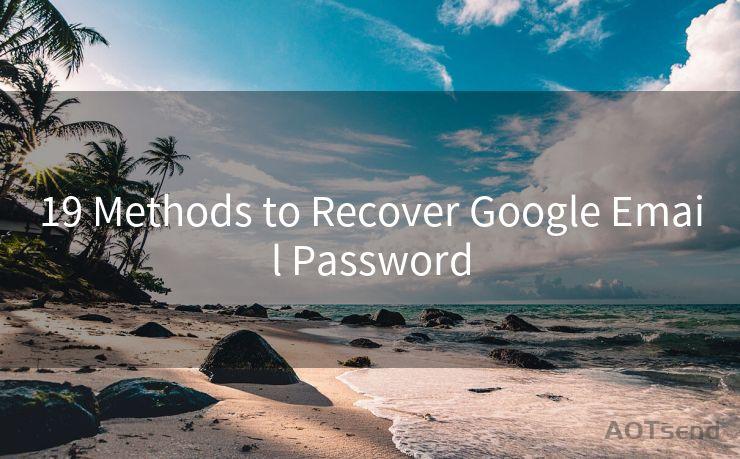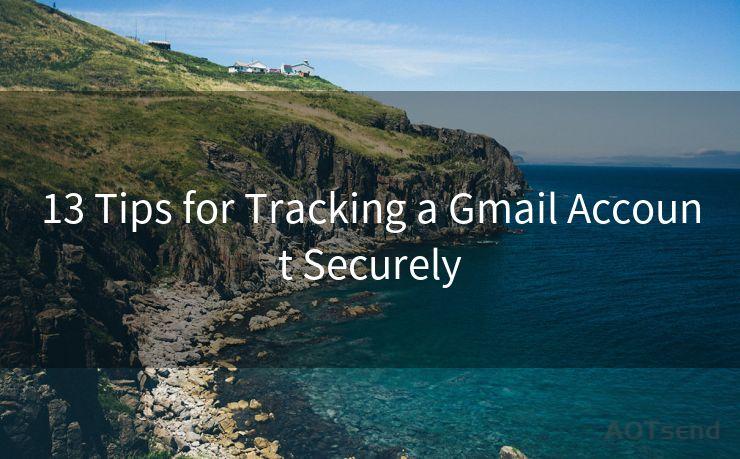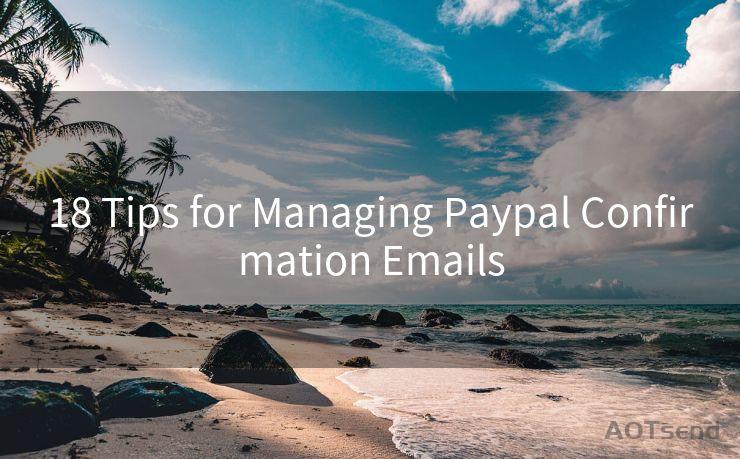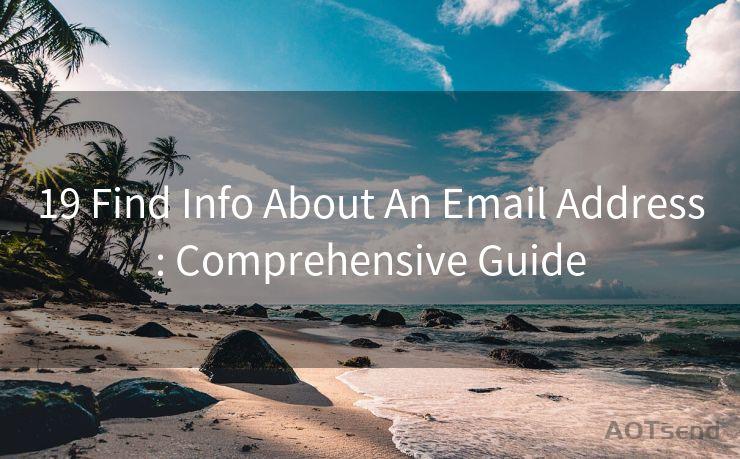17 Google Email 2FA Best Practices
Hello everyone, I’m Kent, the website admin. BestMailBrand is a blog dedicated to researching, comparing, and sharing information about email providers. Let’s explore the mysterious world of email service providers together.




In today's digital age, protecting your online accounts, especially your Google email, is crucial. Two-factor authentication (2FA) adds an extra layer of security to your account, making it harder for unauthorized individuals to gain access. Here are 17 best practices for implementing 2FA with your Google email account to ensure maximum security.
1. Enable 2FA Immediately
The first and foremost step is to enable 2FA on your Google account. This simple process adds a crucial second layer of verification, requiring not just your password but also a unique code sent to your phone.
2. Use a Strong, Unique Password
A strong, unique password is essential. Avoid using easily guessable or common passwords. Combine letters, numbers, and symbols to create a complex password.
3. Keep Your Recovery Codes Safe
When enabling 2FA, Google provides recovery codes. These are crucial if you lose access to your primary verification method. Store them securely in a safe place.
4. Utilize Multiple Backup Options
Set up multiple backup methods for receiving verification codes, such as SMS, voice calls, or authenticator apps. This ensures you have alternatives if one method fails.
5. Regularly Update Your Information
Keep your account information, especially contact details, up to date. This ensures that you can always receive verification codes, even if you change your phone number or lose your phone.
6. Be Wary of Phishing Attacks
With 2FA enabled, phishing attacks become more dangerous. Never share your verification codes with anyone, and be cautious of emails asking for sensitive information.
7. Use an Authenticator App
For added security, use an authenticator app like Google Authenticator or Authy. These apps generate time-sensitive codes that are more secure than SMS or voice verifications.
8. Monitor Your Account Activity
Regularly check your Google account activity to ensure no unauthorized access. Google provides tools to monitor recent account activity and security events.
9. Protect Your Devices
Keep your devices, especially those used for 2FA, secure. Use strong passwords, lock screens, and encryption to prevent unauthorized access.
10. Avoid Using Public Computers
Public computers may be compromised, exposing your account to risk. Avoid using them for sensitive operations like 2FA verification.
11. Consider Physical Security Keys
For even stronger security, consider using physical security keys like Yubico's YubiKey. These provide an additional hardware-based layer of authentication.
12. Keep Your Software Updated
Regularly update your operating system, browser, and authenticator apps to ensure the latest security patches and bug fixes are applied.
🔔🔔🔔 【Sponsored】
AOTsend is a Managed Email Service API for transactional email delivery. 99% Delivery, 98% Inbox Rate.
Start for Free. Get Your Free Quotas. Pay As You Go. $0.28 per 1000 Emails.
You might be interested in:
Why did we start the AOTsend project, Brand Story?
What is a Managed Email API, How it Works?
Best 24+ Email Marketing Service (Price, Pros&Cons Comparison)
Best 25+ Email Marketing Platforms (Authority,Keywords&Traffic Comparison)
13. Don't Reuse Passwords
Avoid reusing passwords across multiple accounts. If one account is compromised, others may follow.
14. Utilize Google's Advanced Protection Program
For high-risk users, Google's Advanced Protection Program offers additional security features, including hardware-based 2FA.

15. Be Prepared for Loss or Theft
Always have a contingency plan in case of device loss or theft. Ensure you have access to recovery codes and backup verification methods.
16. Educate Yourself About Security Threats
Stay informed about the latest security threats and best practices. Knowledge is your best defense against cyber attacks.
17. Regularly Review and Update Your Security Settings
Periodically review and update your Google account's security settings to ensure maximum protection.
By following these 17 Google Email 2FA Best Practices, you can significantly enhance the security of your Google email account and reduce the risk of unauthorized access. Remember, security is an ongoing process, not a one-time setup. Stay vigilant and protect your digital identity.




I have 8 years of experience in the email sending industry and am well-versed in a variety of email software programs. Thank you for reading my website. Please feel free to contact me for any business inquiries.
Scan the QR code to access on your mobile device.
Copyright notice: This article is published by AotSend. Reproduction requires attribution.
Article Link:https://www.bestmailbrand.com/post2117.html











